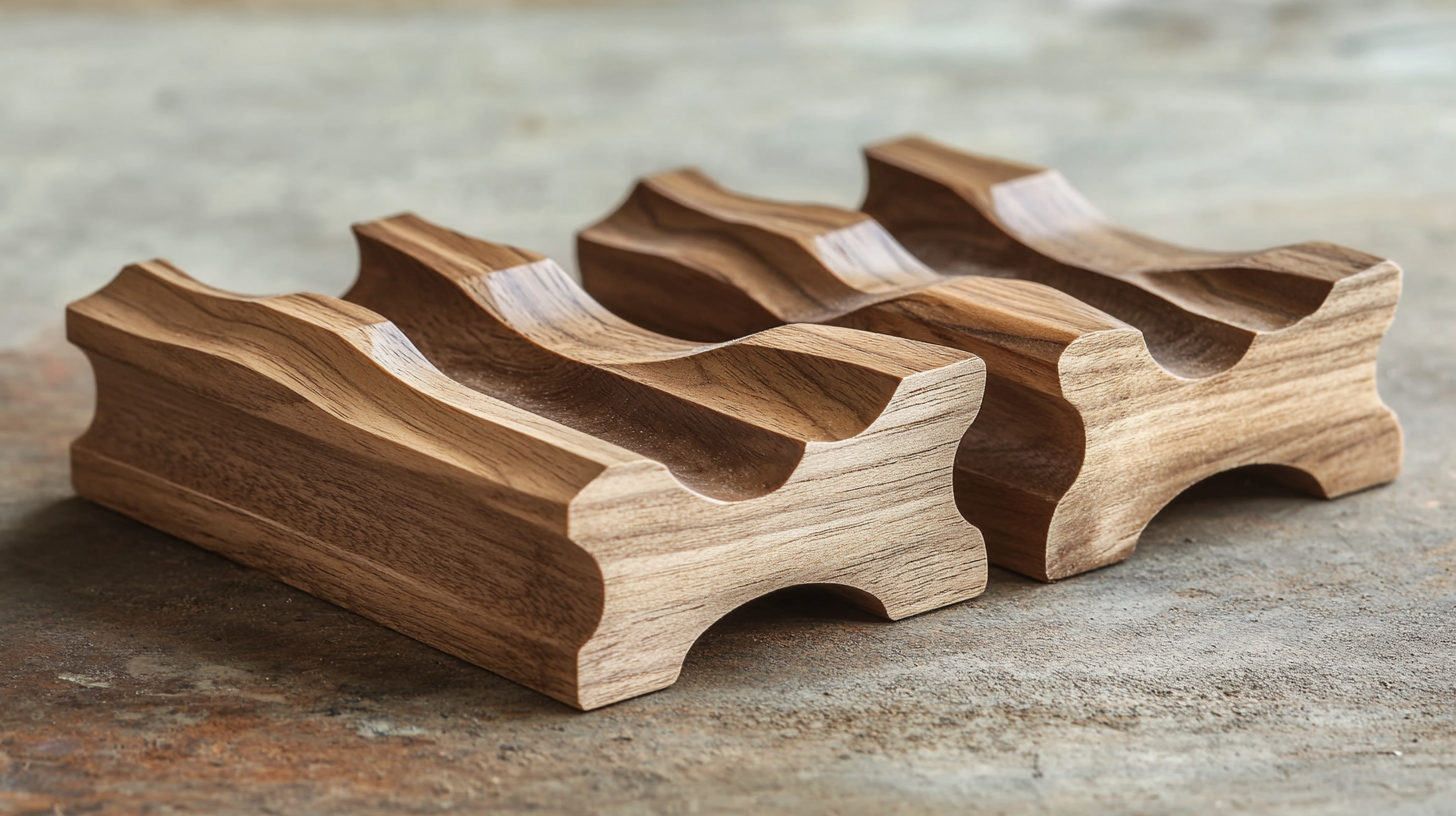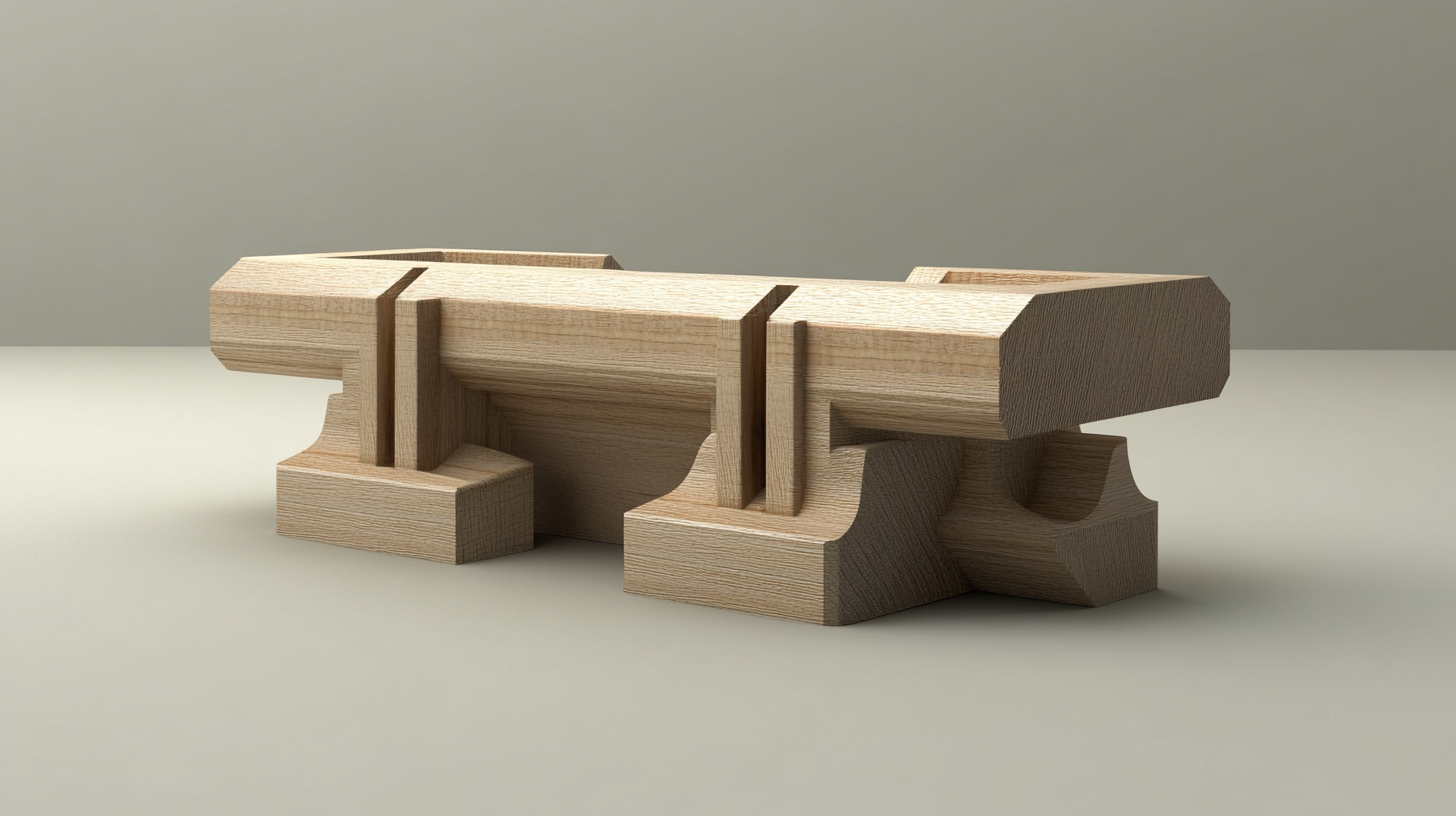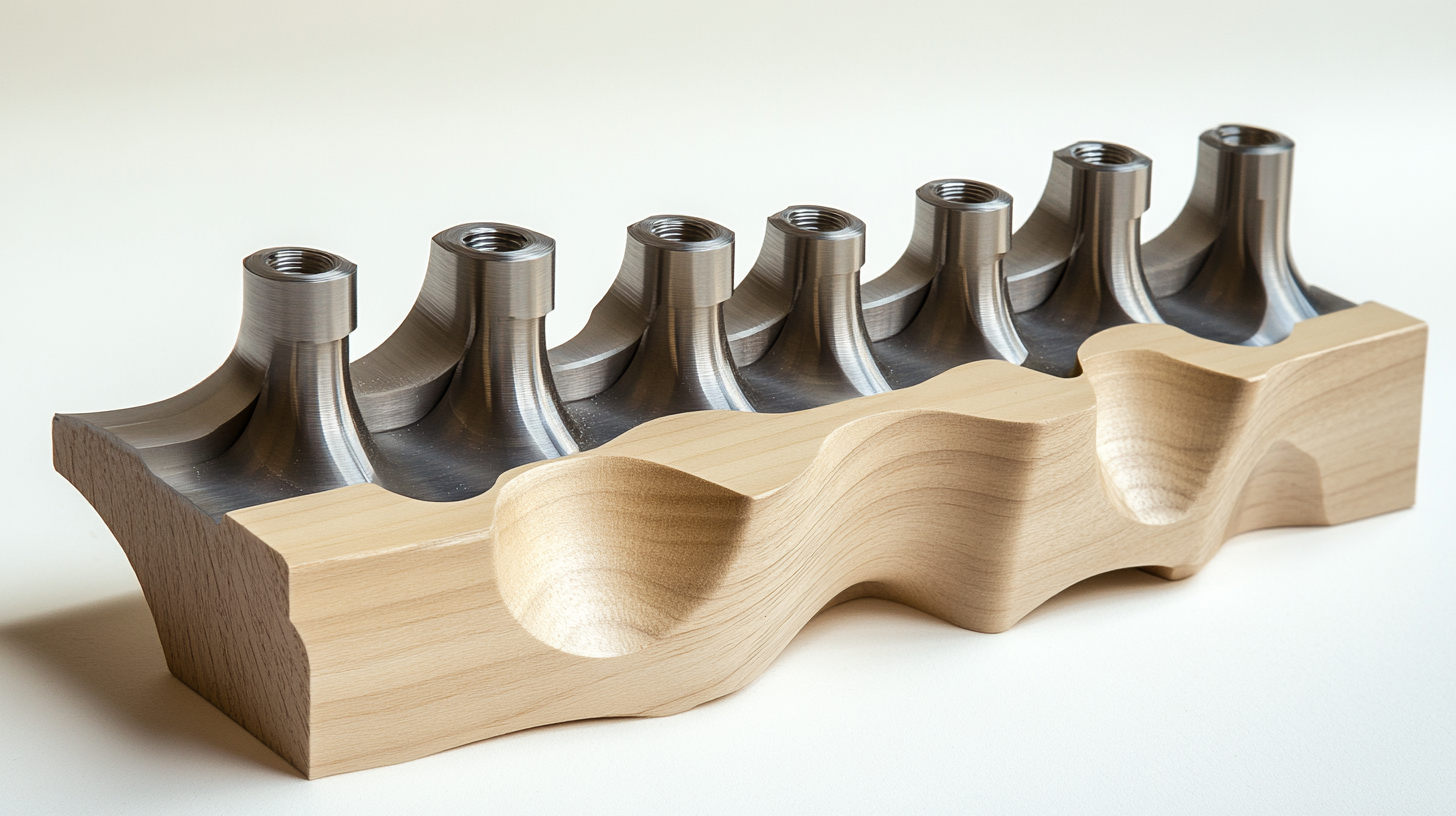Whether it’s rough woodworking, or fine, an even and smooth surface is an essential requirement for any workpiece. Flattening Router Bit is one of those tools which helps woodworkers flatten slabs and makes their work precise using its unique design. All flattening bits are not equal, and choosing the best one can make a huge difference in the outcome of your project.
For woodworkers utilizing a CNC machine, selecting the right Flattening Router Bit is crucial. This blog will explore five compelling reasons why this choice significantly impacts your CNC machining process, enhancing cut quality, boosting process efficiency, and delivering noticeable improvements across various aspects of your woodworking projects. Something most woodworkers probably wouldn't excuse, this understanding encourages the initial phase in becoming professional with this very tool. Join us as we dig into why a flattening router bit is an intelligent choice for your next project.

Woodworking demands accuracy, and top-notch flattening router bits are primary in delivering that much-needed precision to the craftsman. Choosing the correct bit ensures a smooth cut and generally improved standards for making a project. The design of a flattening router bit allows for the equal removal of material, which is necessary for producing a flat surface at all times. It is just this detail that will largely impact the final look and strength of the workpiece. Moreover, good flattening router bits raise efficiency. Ideal such bits would have been expensive, but their cheap copies break too easily and often necessitate a replacement. This generally results in downtime in your project. A quality flattening router bit, on the other hand, is designed to face the challenge of heavy use and, as it happens, it retains sharpness for a long period. The result is that you get fewer tool-change interruptions and a more consistent performance on your woodworking jobs. Furthermore, use of the appropriate flattening router bit also enhances safety. The finely designed bit is less vibrating and affords more control in use thereby reducing accidents. This holds more true especially in larger surface work of which stability becomes increasingly more important whether or not it is as high. For all-time high, woodworkers can always trust that their tools are enabling perfection alongside an assurance of safety on the job.

Such flattening router bits are specific to their material types and applications and used for different types of flattening woodwork. The most commonly used types include straight bits, spiral up-cut bits, and compression bits. Hence, knowing the differences will determine the outcome based on your very special project.
Straight bits are very popular for fast cutting, as they are used mainly on softwoods. It provides a high rate of removal of materials and usually has a rough finish. On the contrary, most professionals utilize spiral up-cut bits for their capabilities to upward-eject chips and debris from the working site as it creates cleaner cuts. An official report from the Woodworking Industry Association dated 2021 states that any project that made use of spiral bits achieved a 20% improvement in surface quality when compared to projects that applied straight bits.
Compression bits, on the other hand, produce a superior finish at both the top and bottom edges of the cut. The cutting entry and exit points compress the fibers, which reduce tear-out and ends with a smoother finish. These types of bits are most useful in projects performed on woods that are too hard or veneered surfaces. New evidence from the National Wood Flooring Association showed using compression bits reduces finishing time by at least 30%.
Choosing the right flattening router bit will improve not just the quality of your project but also increase the overall efficiency. It will also improve the quality of your outcomes and elevate the standard of fine craftsmanship if you know the right bit to use for your specific material and project.

Fit the bits with the abrasive cyclops. Of myriads of types, flattening router bits are best known for one target-the pursuit of extremely level surfaces. The material from which it is made is a vital aspect often ignored. The material of the bit is an influence in relation to its performance and that of its durability and therefore is infinitely worth the consideration of any woodworker.
Router bits made of high-speed steel (HSS) have regularly been recognized for their ability to hold sharpness and edge. Conversely, HSS bits are okay for lighter applications but will dull significantly quicker on hard woods or under heavy use. Carbide-tipped router bits provide the mixture of toughness and cutting longevity. The tungsten carbide used in these bits makes them suited for heavy work and allows them to remain being used all day long without repeated sharpening. This is something that serves professionals and even serious hobbyists for whom accuracy and time are important considerations.
The choice of bits between HSS and carbide-tipped also depends on what kind of finish you want. With carbide bits, you generally get a cleaner cut, leading to decreased sanding and finishing requirements. Knowing how bit material affects your work will, therefore, enable you done better work and also enable you to purchase deliberately. This way, won't you have a lot of trust in your flattening router bit choice being accurate for both precision and durability-related functions?

Flatness is a vital measure of efficiency in woodworking and would be generated and made into expectations by selecting the best flattening router bit. Reduced setup and operational time can highly add up to efficiency. According to the survey undertaken by Fine Woodworking, using specialty bits may see process time slashed by as much as 30 percent, due primarily to precision improvements and reduction in tool adjustments.
The form built into the flattening router bit is an essential element in gaining the best results. A wider cutting edge along with some specialized flute design would render smoother surfaces in fewer passes. It improves productivity directly. The time spent in sanding and finishing is reduced, and that time could now be assigned to other necessary tasks. A suitably chosen bit ensures constant cut depth, which is critical to the uniform thickness of the workpiece, which is crucial when finishing at high quality.
The cost is another factor that favors choosing the right flattening router bit for saving more money in the long run. It has been reported in a study by Wood Magazine that shelling out for prime quality bits can not only shorten their wear and tear but nearly achieves a lifespan extension of 15 percent. The added durability brings fewer replacements and repairs, hence contributing positively to the bottom line of a particular workshop. With the right bit, woodworkers can spend less and, at the same time, make the best out of their projects in terms of both productivity and profit.
The arrival of official 7-Zip software for Linux is a great leap ahead for open-source users. Alternative tools such as p7zip have existed for some time now, and the advent of an official version holds much promise for compatibility, performance, and support for the Linux environment. This change will ease the task of all users who, because of the unique features of 7-Zip, deal with complex file management and compression.
As with any tool, choosing the right version is but half the equation; proper maintenance is equally critical. In order to sustain the viability and integrity of the 7-Zip installation on Linux, updates should be readily applied. Being current on official releases with an understanding of new features and fixes will enhance the overall user experience. Moreover, it makes sense to become familiar with the command-line interface for a more efficient use of the software in diverse working processes.
Another integral part of the 7-Zip software maintenance is configuring and setting your software parameters. Configuring these settings with your requirements can give you the fastest compression time and the best file organization. Always back up your data before any changes or updates that may drastically change your setup. This way, you will not lose anything precious in the process. By doing proper maintenance, users can take advantage of this powerful compression tool in the Linux environment.